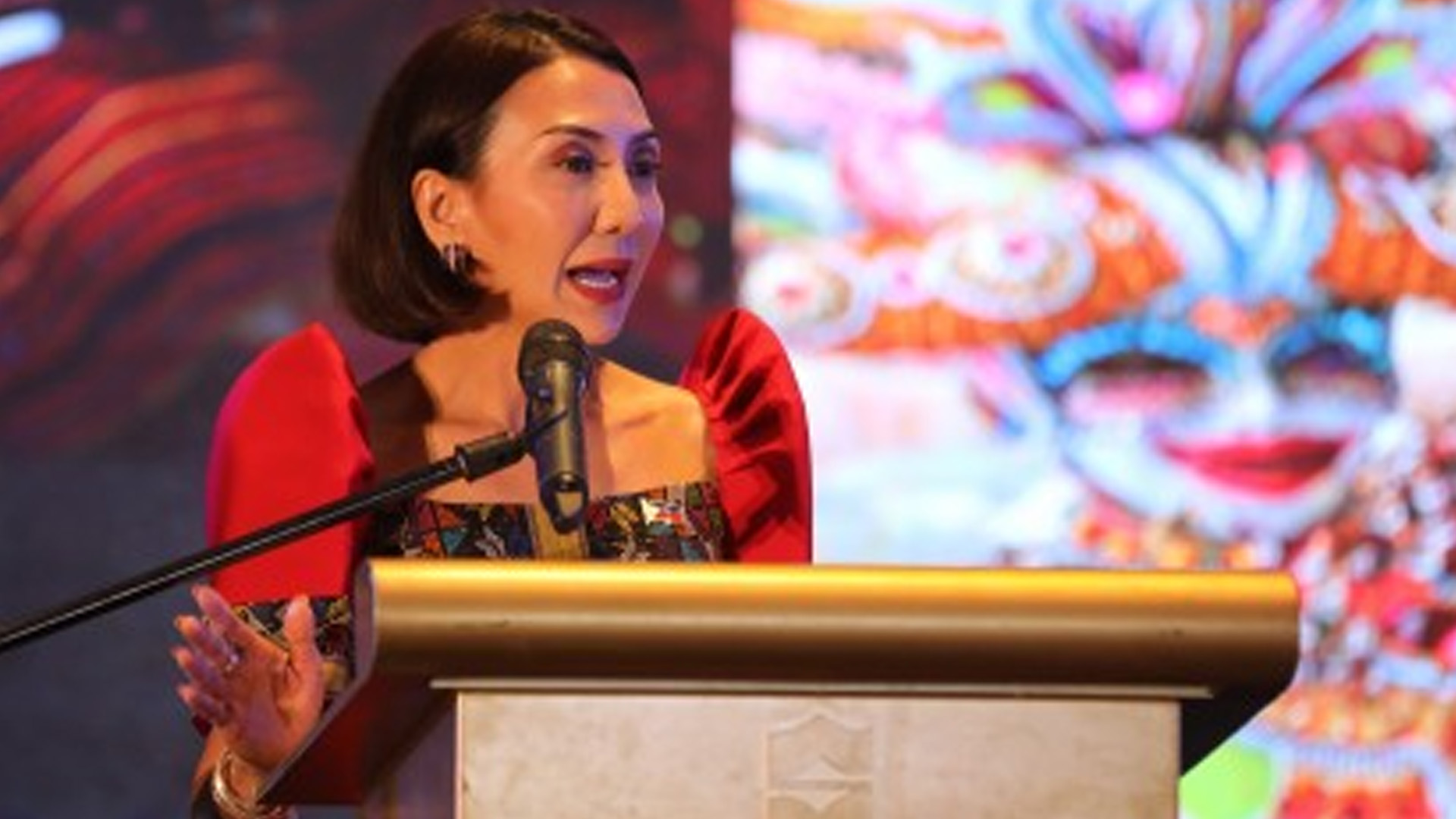The Department of Tourism (DOT) on Tuesday called on the Department of Foreign Affairs (DFA) to fast-track the full implementation of e-Visa system as it aims to reach 7.7 million tourists by the end of 2024.
“As far as arrivals are concerned, unless and until we are able to fully ease the convenience of coming into the Philippines, especially as far as e-visas are concerned, it does remain a challenge,” Tourism Secretary Christina Frasco said at the 2024 post-State of the Nation Address discussions in Pasay City.
In his third SONA on Monday, President Ferdinand R. Marcos Jr. declared that the implementation of the Philippine e-Visa would be next in his administration’s digital transformation agenda.
Frasco was positive that this directive would bring in more inbound tourists and make the Philippines “shoulder to shoulder” with neighboring states that have e-Visa systems.
The target market for the e-Visa is India, which has become one of the biggest outbound travel markets in the world.
“Other countries have seen this potential and have already eased their visa policies precisely for this reason. It is high time that the Philippines eases its visa policies, especially towards the Indian market,” Frasco said in a separate interview.
“They’re ready, they’re ready to come to the Philippines. There’s very high demand for Philippine tourism from that side of the world,” she said.
A potential boost in Indian arrival is also seen to help compensate for the slow recovery of the Chinese market.
Before the pandemic, China was the country’s second top source market with 1.7 million visitors in 2019, lagging only behind South Korea with 1.9 million.
Last year, arrivals from China were at 263,834 while South Korean visitors to the Philippines reached 1.4 million.
“Iyong strategy na ginagawa ng DOT, kasi nakikita natin na challenge ‘yong pag-recover ng Chinese market and medyo hindi pa nai-implement ‘yong e-Visa for the Indian market, is to focus also on doubling up on our top source markets (The strategy that the DOT is doing, acknowledging the challenges in recovering the Chinese market and the not yet fully implemented e-Visa for Indian markets, is to focus on doubling up on our source markets),” Frasco said.
“So, sana ma-implement ng DFA ASAP (as soon as possible) ‘yong ating e-Visa system kasi may target tayo and we are chasing after 7.7 million by the end of the year (Hopefully, the DFA will implement it ASAP because we are chasing after a 7.7 million target by the end of the year),” she said.
In January, Marcos ordered government agencies to act on the extension of e-Visa for Chinese, Indian, South Korean and Japanese nationals.
Earlier this month, he instructed a review to further streamline the e-Visa system for Indian nationals, which at present is in beta testing and piloted only for walk-in clients of the Philippine Embassy in New Delhi.
While inbound arrivals still fall short of the pre-pandemic figures, Frasco said the country has already recovered over 100 percent of its tourism revenues in 2023.
It also exceeded the 94 percent global average of recovery as far as visitor receipts are concerned, she added.
The DOT recorded more than PHP480 billion in international tourism receipts in 2023, up by 124 percent from the PHP214.5 billion it generated in the previous year.
The total foreign arrivals in 2019 reached 8.3 million, including non-resident overseas Filipinos, largely from South Korea, China, the US, Japan, and Taiwan. (PNA)







